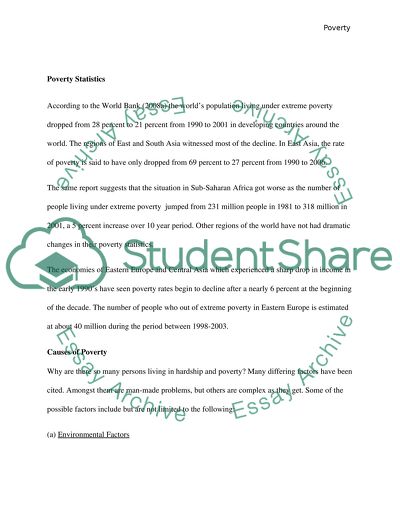Cite this document
(“Poverty Essay Example | Topics and Well Written Essays - 1000 words”, n.d.)
Poverty Essay Example | Topics and Well Written Essays - 1000 words. Retrieved from https://studentshare.org/miscellaneous/1548458-poverty
Poverty Essay Example | Topics and Well Written Essays - 1000 words. Retrieved from https://studentshare.org/miscellaneous/1548458-poverty
(Poverty Essay Example | Topics and Well Written Essays - 1000 Words)
Poverty Essay Example | Topics and Well Written Essays - 1000 Words. https://studentshare.org/miscellaneous/1548458-poverty.
Poverty Essay Example | Topics and Well Written Essays - 1000 Words. https://studentshare.org/miscellaneous/1548458-poverty.
“Poverty Essay Example | Topics and Well Written Essays - 1000 Words”, n.d. https://studentshare.org/miscellaneous/1548458-poverty.


